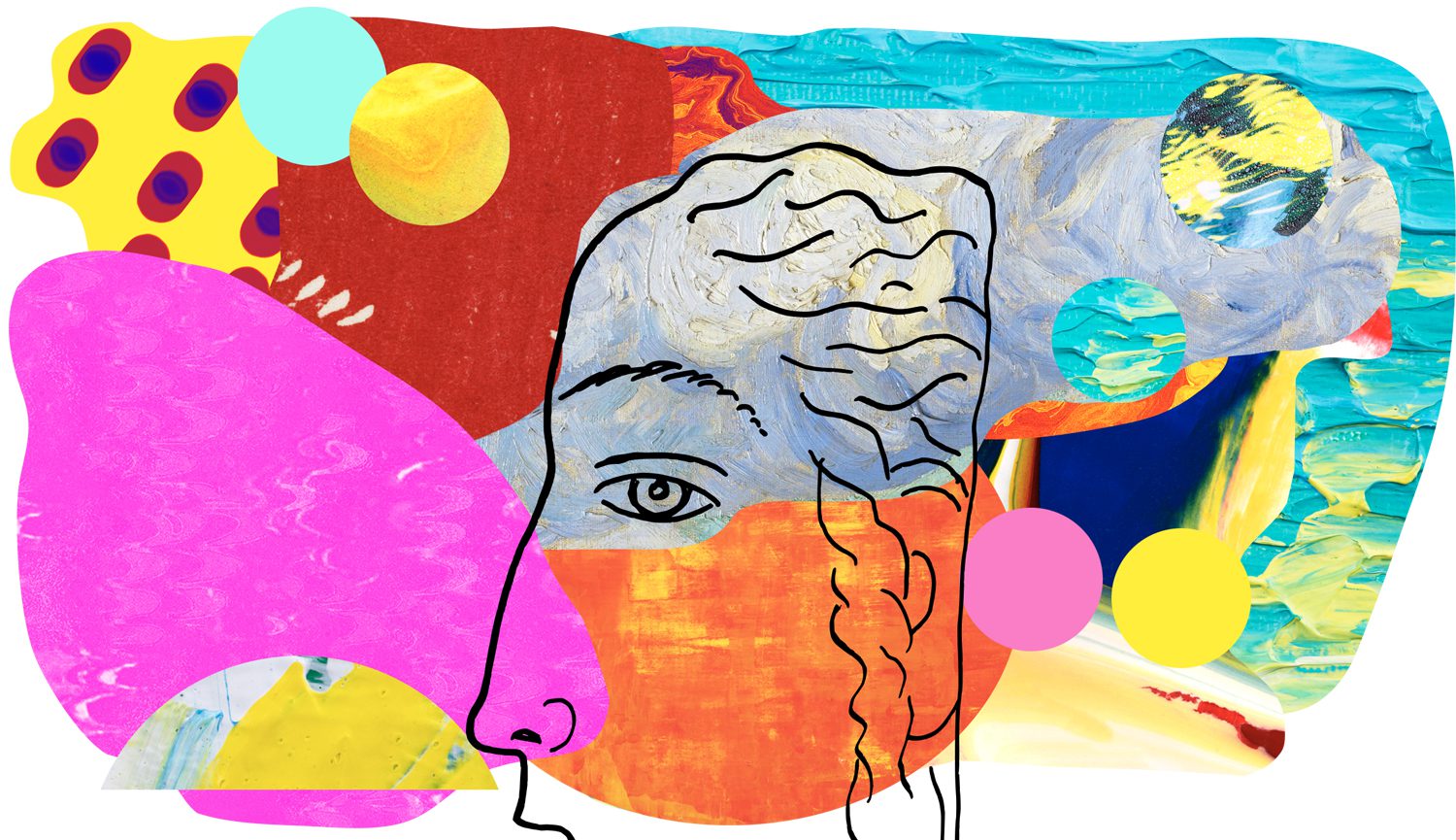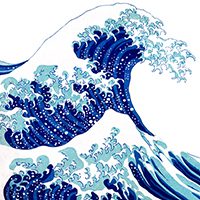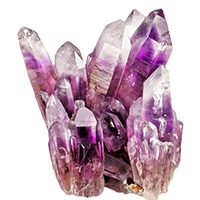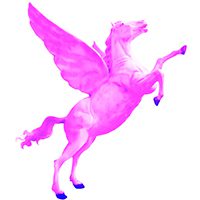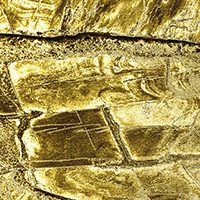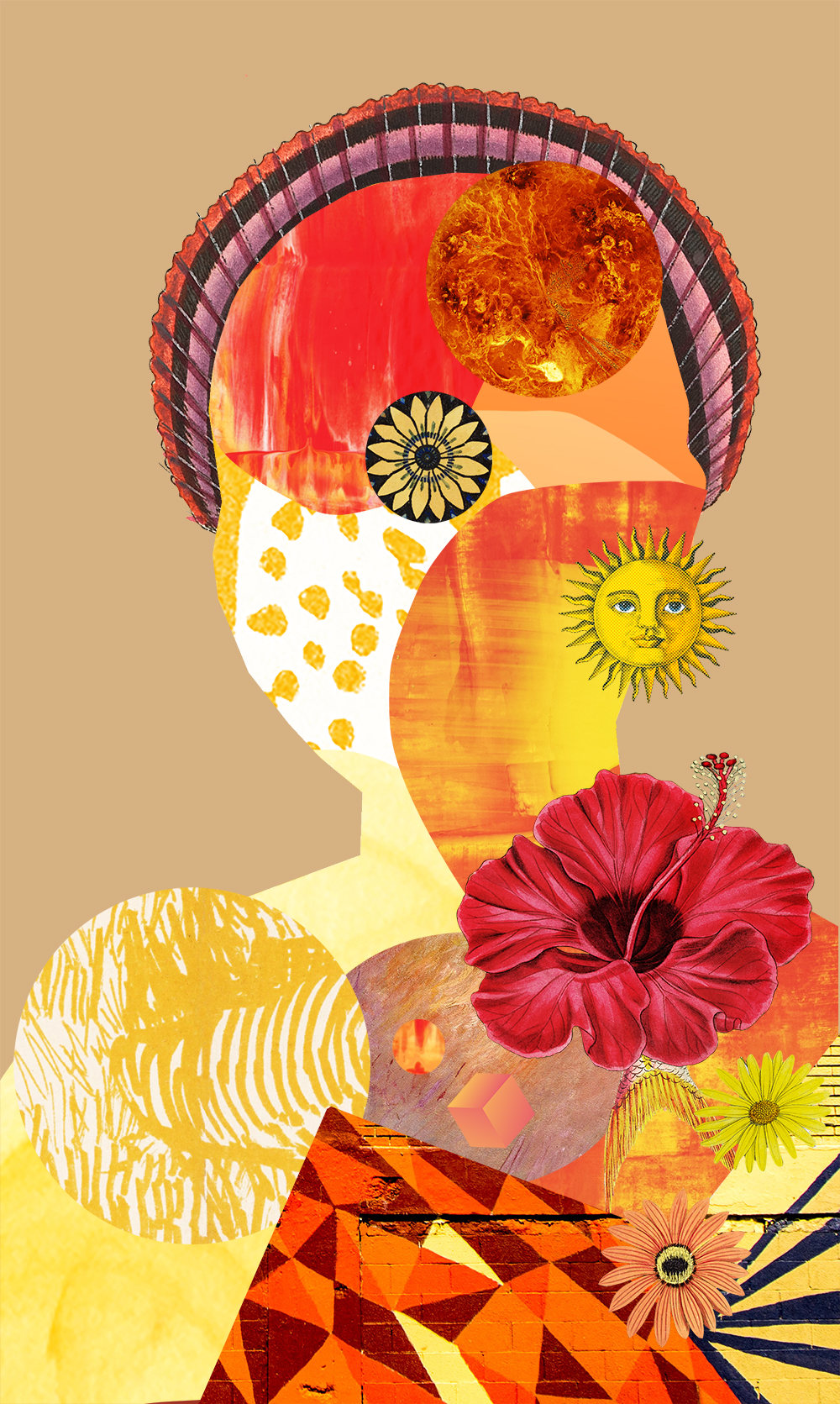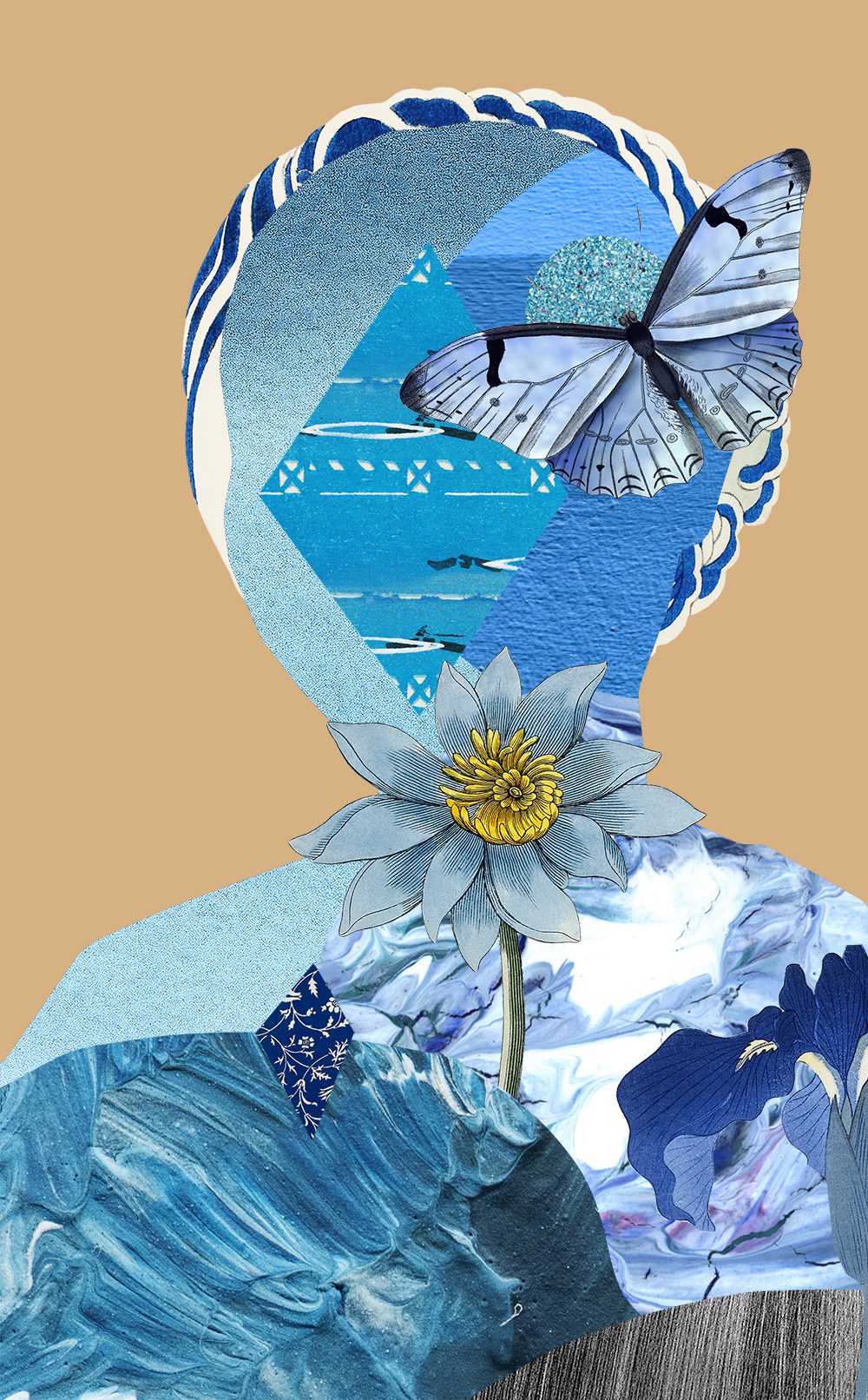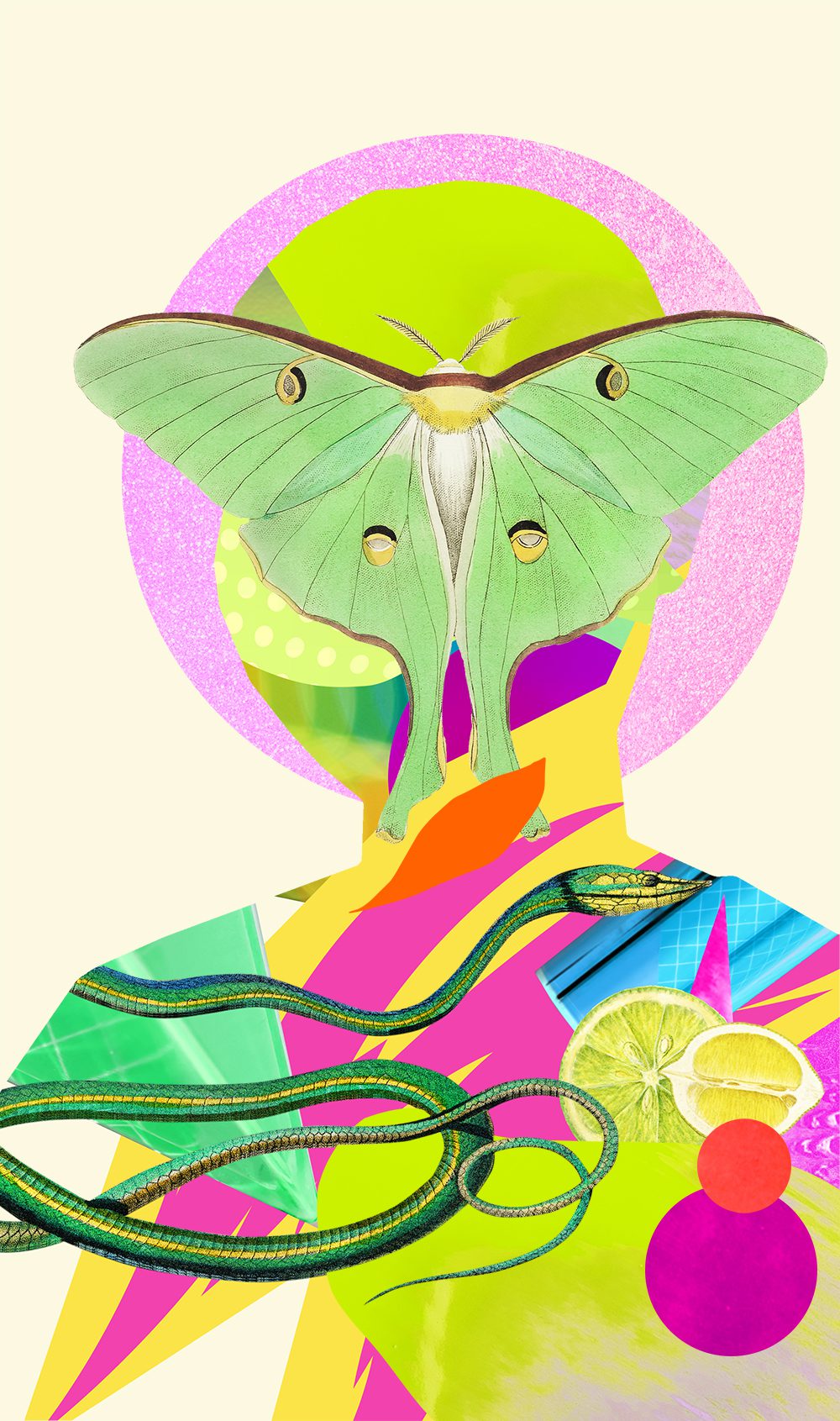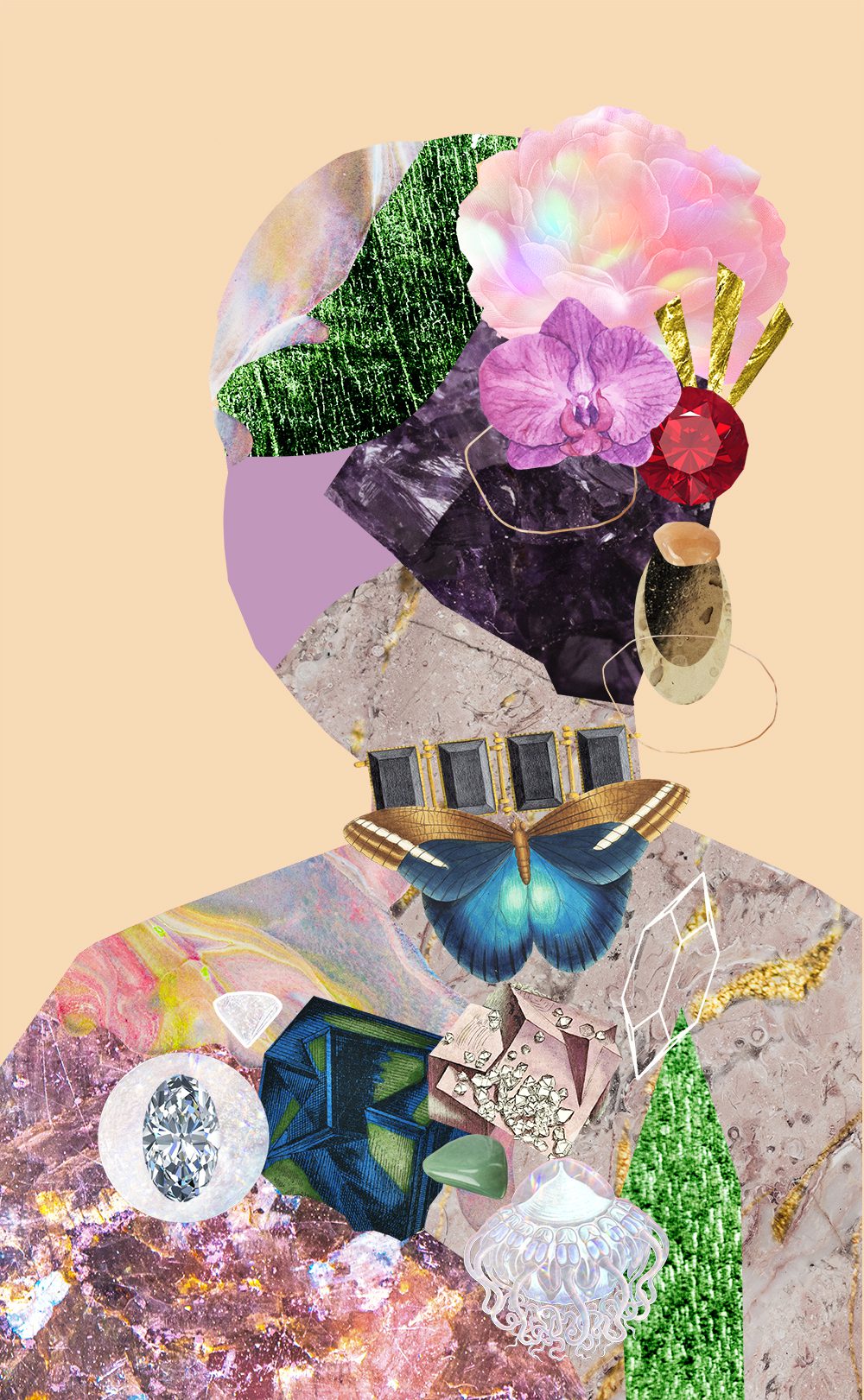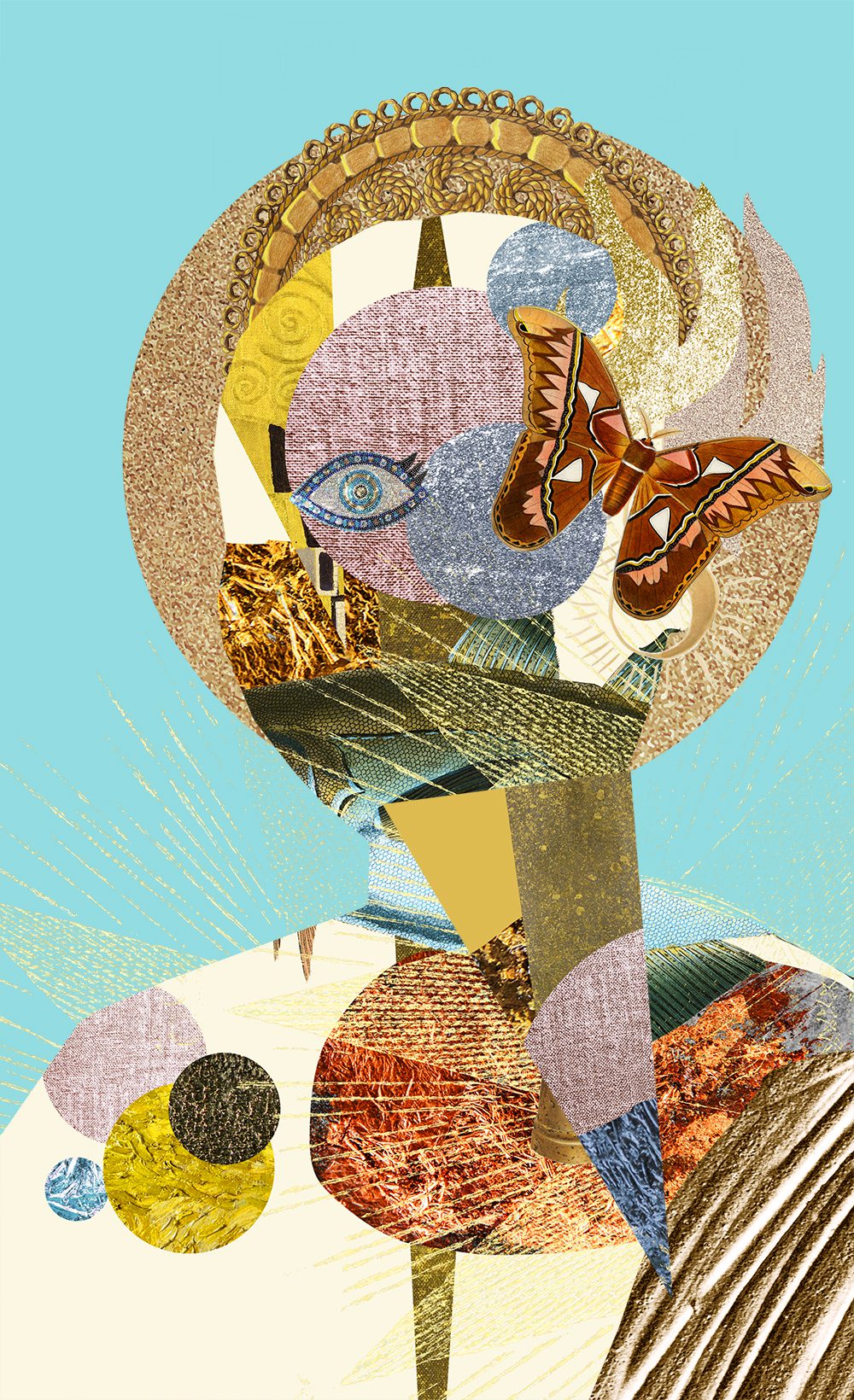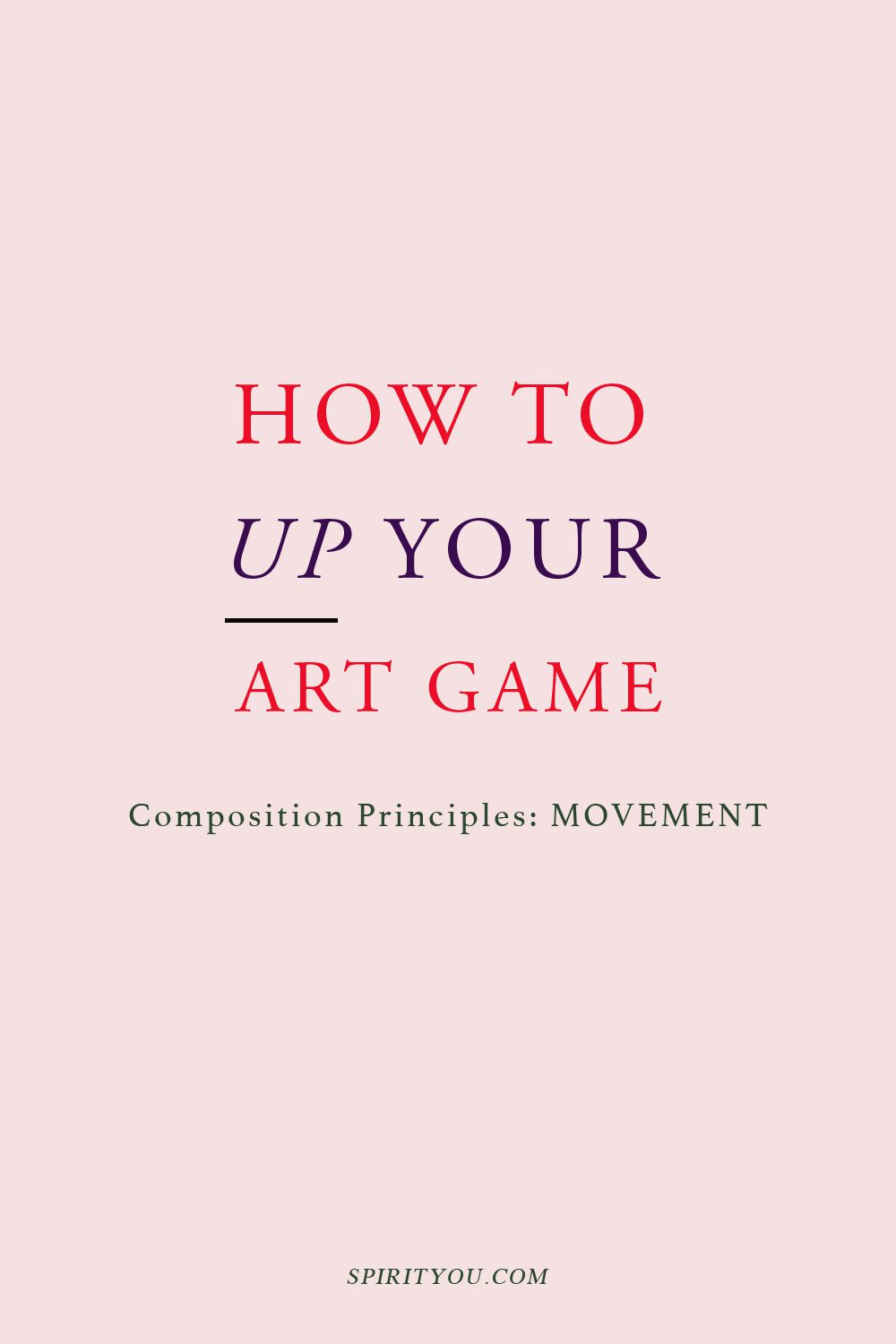
Composition Principles: Movement
Composition refers to the arrangement of elements within an artwork. Although art is largely an intuitive practice, by breaking down and putting a spotlight onto individual elements we can evaluate and elevate our art. This series focuses on the principles within composition, so you can cherry-pick your favourite ideas and level up your art practice.
Let’s dive into today’s topic: MOVEMENT!
Movement Defined
Visual movement is created by implied action or through the visual elements leading the viewer’s eye around the artwork.
Movement is an important principle of art as it creates visual interest.
Subject In Action
Because 2-d art cannot physically show movement, action must be implied. Visual art essentially freeze-frames motion and lets your imagination fill in the action.
The following two artworks show movement through their subject matter.
(source).
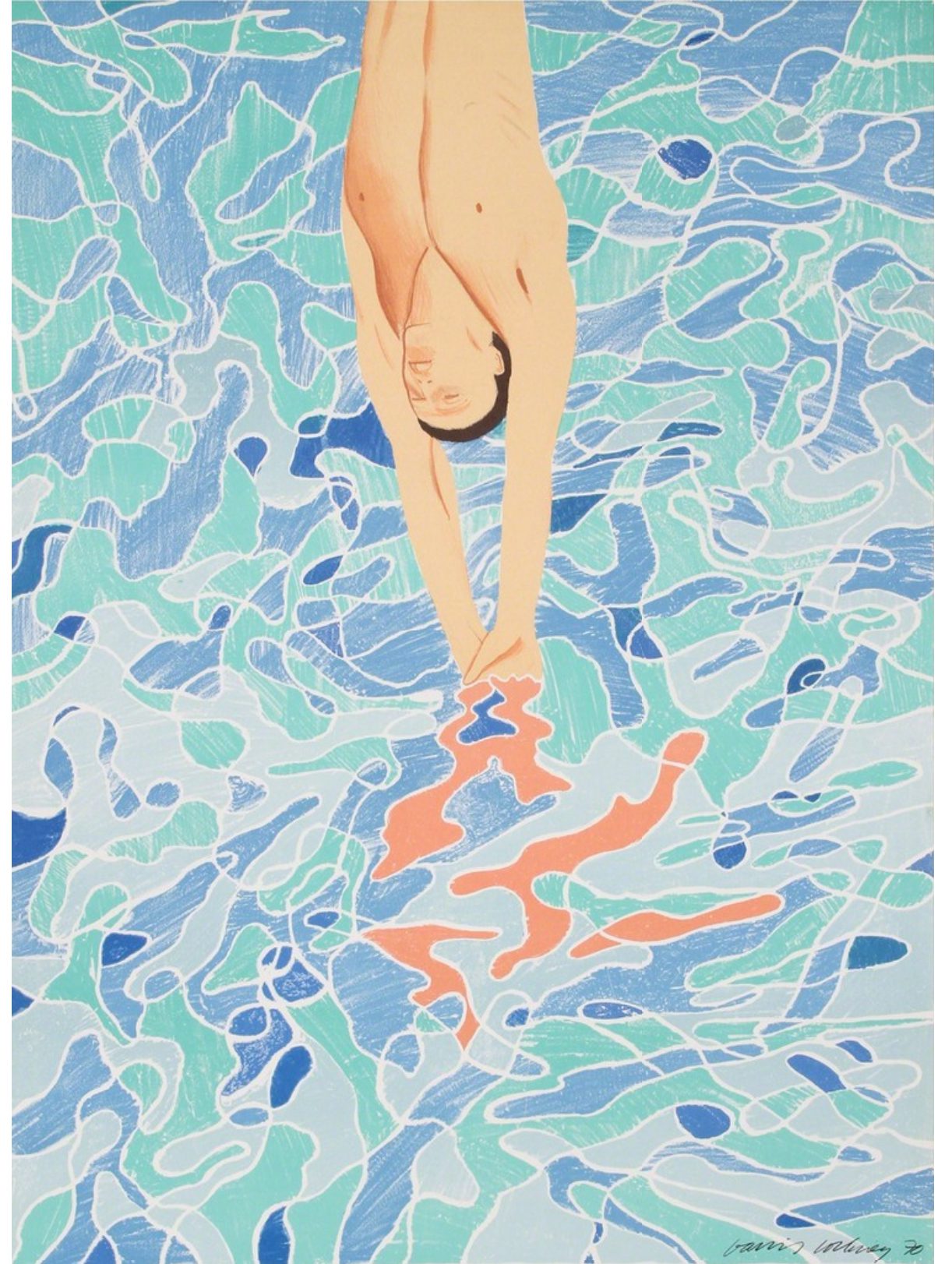
Even though the painting is static, because the viewer can anticipate the diver entering the water, Hockney achieves visual movement.
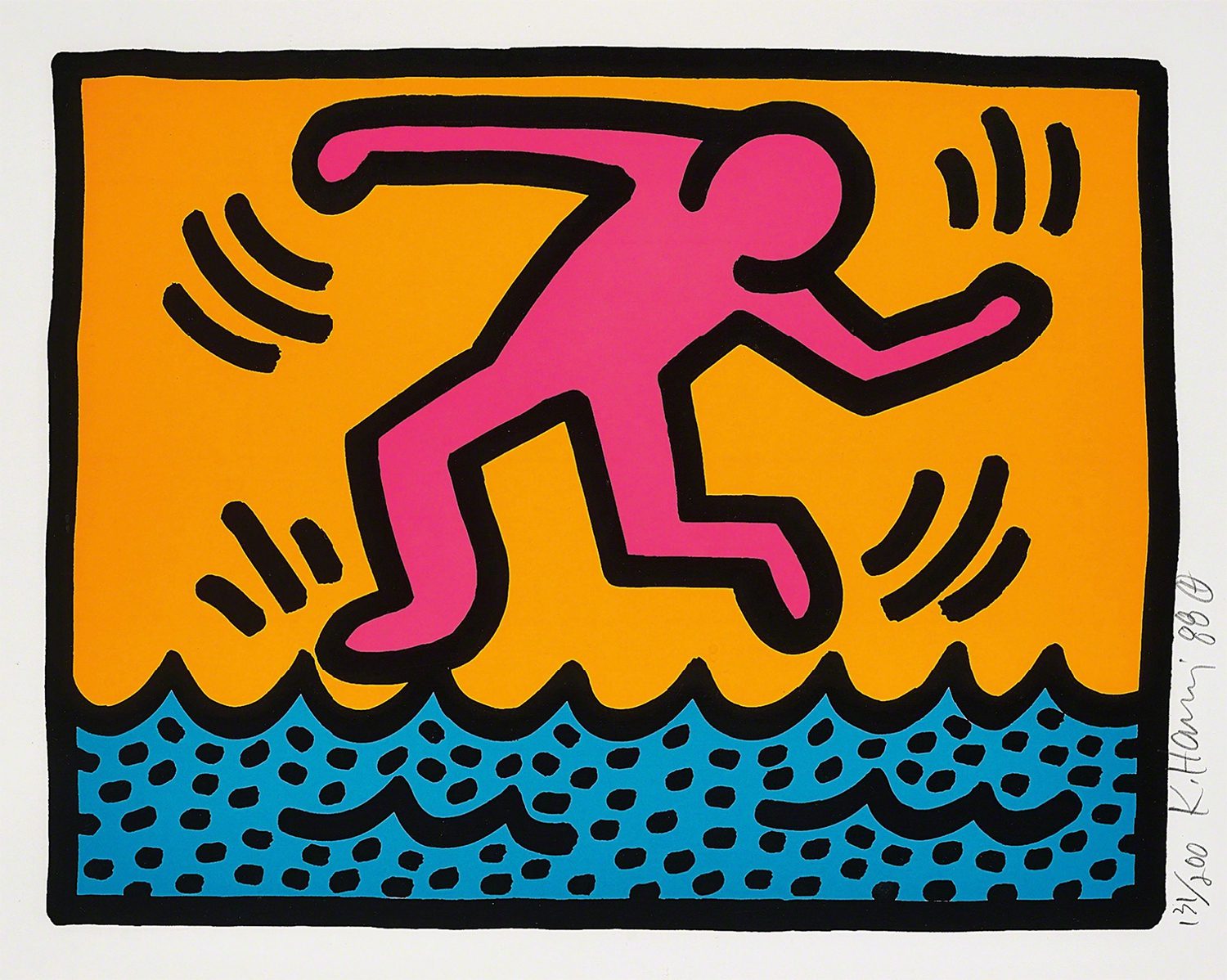
KEITH HARING – Pop Shop II: one plate
Keith uses movement lines and depicts a figure off-balance, on top of water, to imply action.
Rhythm
The repetition of elements (colour, value, line, shape, form, space, and texture) creates rhythm and movement. Flowing Rhythm (use of curved or circular elements) and Progressive Rhythm (use of elements that change in size or colour as they repeat) create the most movement. If you want a deeper dive into rhythm check out my entry HERE.
How the 7 elements create movement
Colour/Value
The eye will move through dark to light elements, or through a gradient of colours in a progressive rhythm. (source)
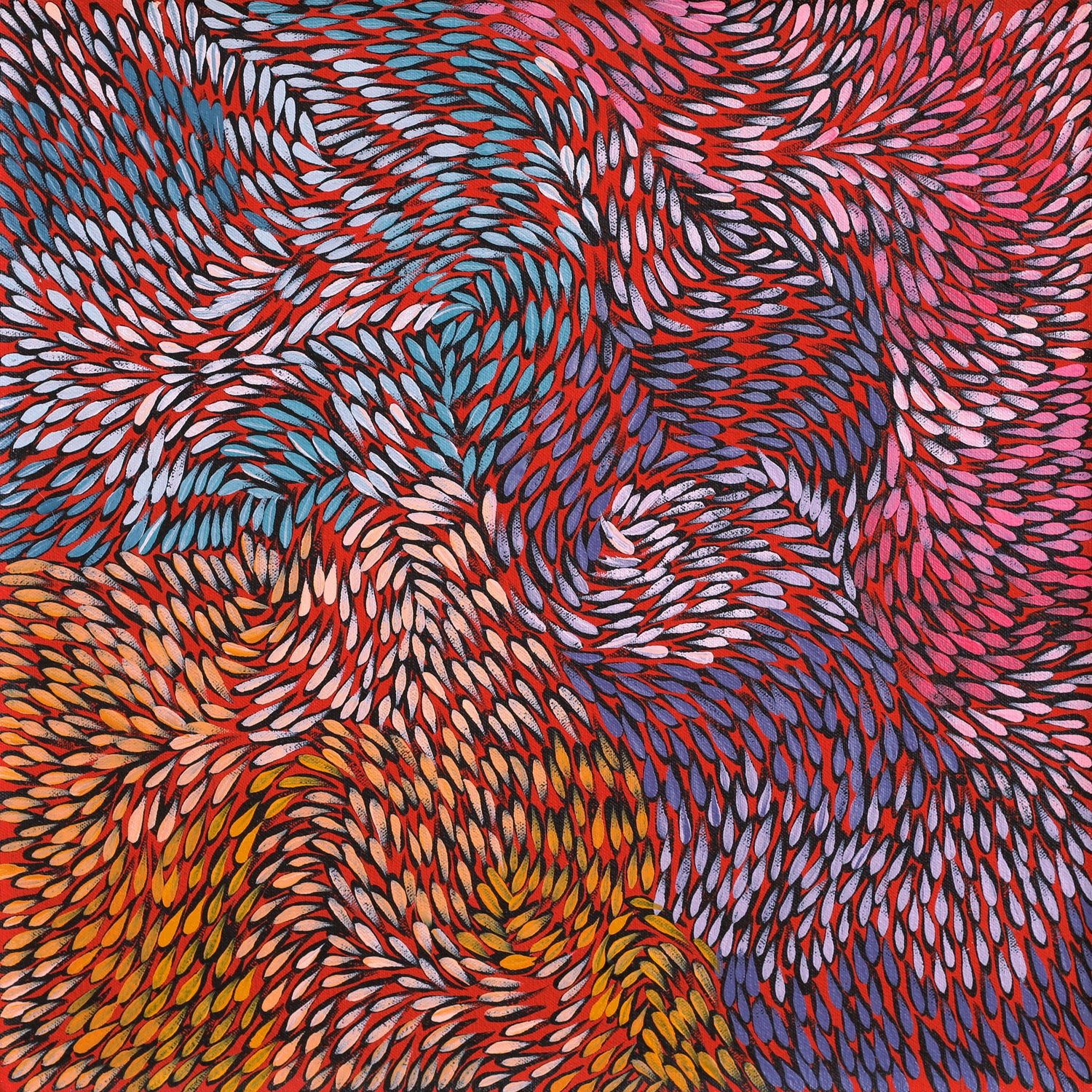
DAPHNE NAPURRULA MARKS – Yalka at Karrkurutinytja (Bush Onion Dreaming at Lake Macdonald)
In Daphne’s work, colour graduation and repeated shapes painted in a curved application move the viewer’s eye around the canvas
Line
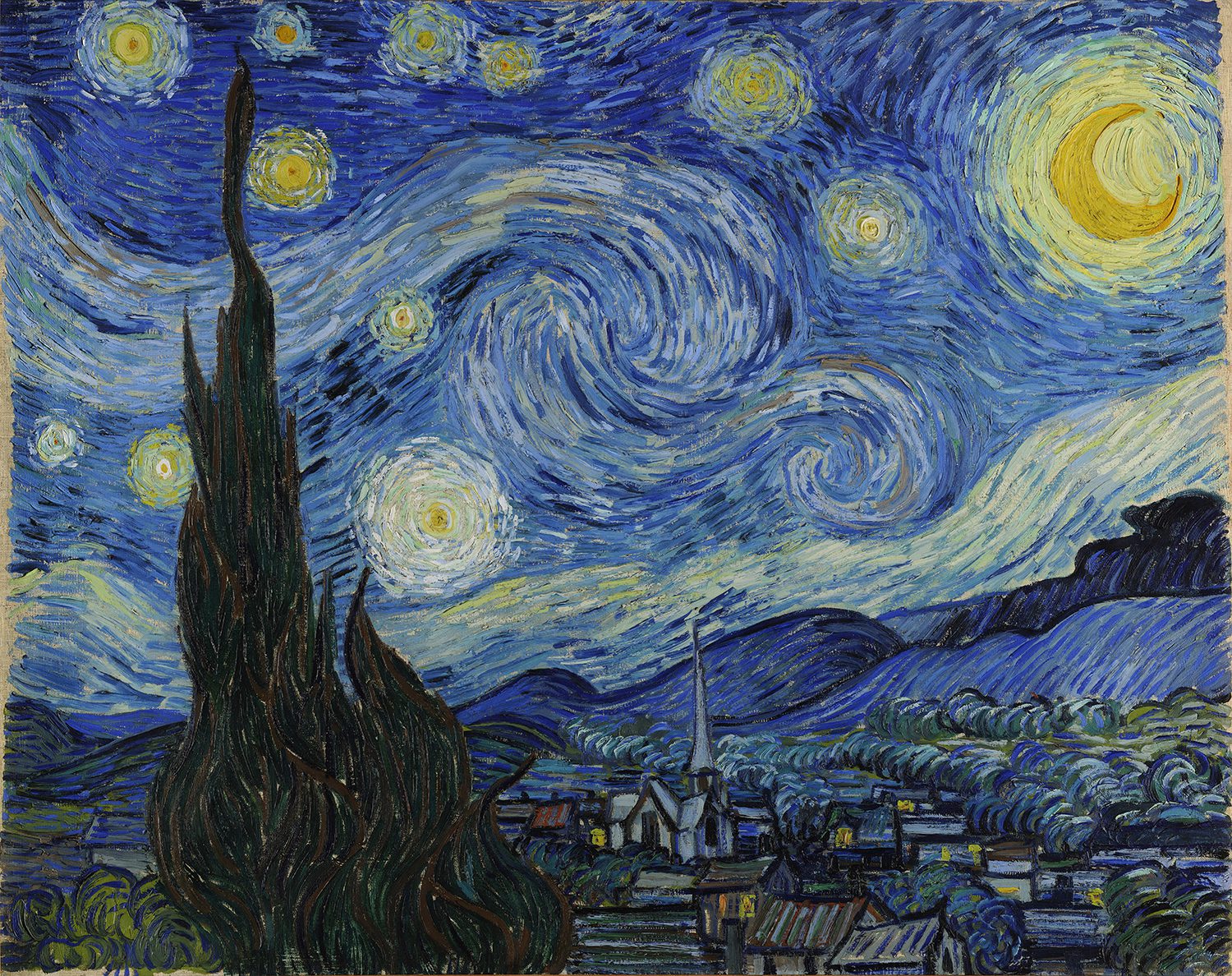
VINCENT VAN GOGH – The Starry Night
In The Starry Night Vincent uses bold and directional brushwork to create movement.
Shape/Form

YAYOI KUSAMA – Winter Has Come
Kusama not only repeats her shapes but she leaves little negative space causing your eye to dart quickly around the canvas. She also employs curved organic lines to lead the eye.
Space
The amount of negative space to positive space sets the pace at which a viewer’s eyes move around the canvas – you can see how the above painting causes fast eye movement. (source)
Op (Optical) Art
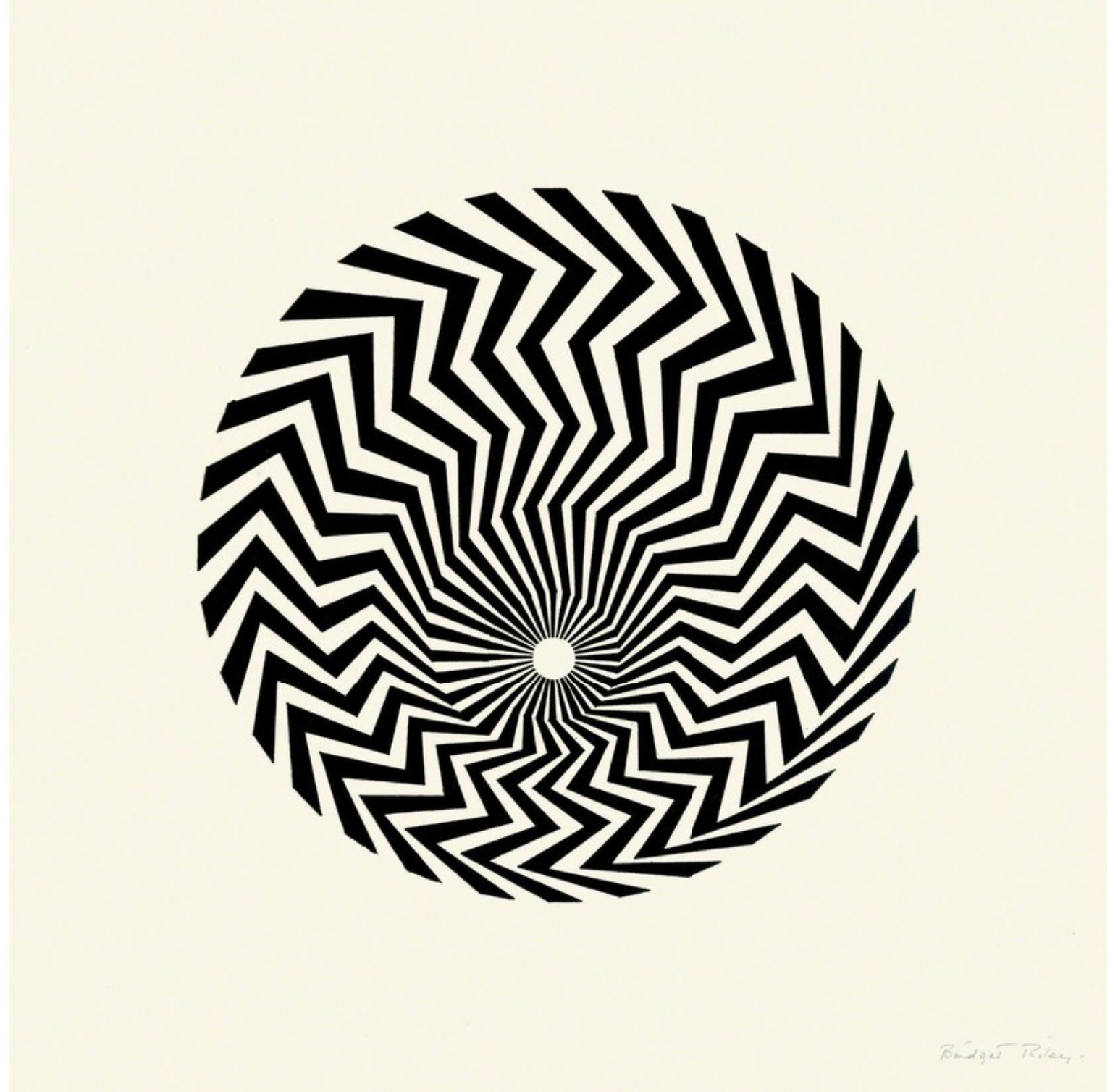
BRIDGET RILEY – Untitled (Based on Primitive Blaze)
Bridget uses pattern and line and high contrast values to create her op art.
When you scroll up and down the illusion of movement is formed.
HOMEWORK
A quick and easy homework task this week – consider which image posted creates the most movement? No right or wrong answer just a question to get you thinking about movement and what (in your eyes!) is the most effective way to create it.
–
Want to see what else I do? Come peek over on my insta or grab a freebie when you sign up to my newsletter below 🙂 🙂

